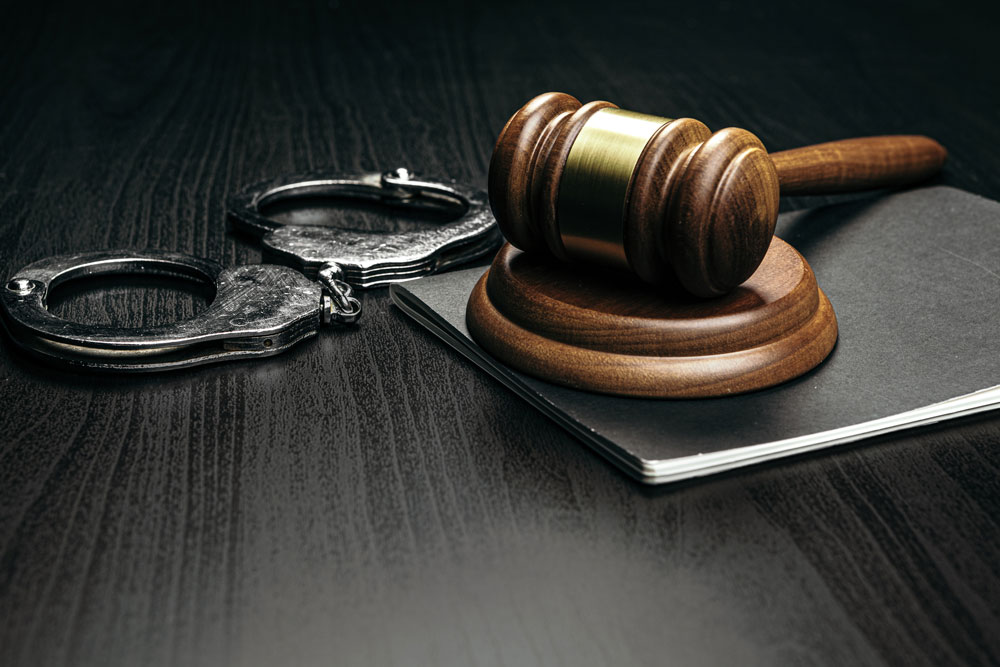
Justice Albin continued in relevant part: Meanwhile, defendant’s mother, stepfather, and sister gathered on the mother’s porch. Their testimony of the events they witnessed paralleled defendant’s. They each testified that they attempted to speak with police at the scene but that “they just wouldn’t listen.” During cross-examination, the prosecutor elicited the same basic responses from defendant’s family members — they spoke to defense counsel and each other before testifying and hoped their testimony would help defendant.
During trial, defense counsel sought to admit a video, taken by defendant’s uncle, capturing the family’s interaction with the police at the scene. The video portrayed the family attempting to give their account to the police and being told to “take it to court,” with Domenech walking in the background. The trial court excluded the video as inadmissible hearsay, rejecting the argument that the video contained prior consistent statements admissible to meet a charge of recent fabrication under N.J.R.E. 803(a)(2).
The prosecutor’s summation targeted the credibility of defendant’s family members, specifically the mother’s, urging the jury to disbelieve their testimony because they did not come forward and give their accounts to police at the scene. The prosecutor also intimated that it was preposterous to think that the police would not take information from an available witness. Defendant was convicted of all charges. The Appellate Division affirmed the convictions. The Court granted certification, limited to the issues of whether “the exclusion of the cell phone video” and the prosecutor’s summation remarks denied defendant a fair trial.
The trial court erroneously kept admissible evidence from the jury. The video rebutted what the prosecutor implied during cross-examination — that defendant’s witnesses lied about their attempt to speak with the police at the scene. That video also contradicted the investigating detective’s testimony that she had thoroughly canvassed the area for witnesses. In summation, the prosecutor exploited the suppression of the video to present a false narrative and improperly suggested to the jury that the defense witnesses made no effort to give their accounts to the officers at the scene. The combination of the trial court’s erroneous evidentiary ruling and the prosecutor’s inappropriate remarks during summation had the clear capacity to cause an unjust result.
It is difficult to imagine that the trial prosecutor though he would get away with making patently false assertions in his summation. It is also difficult to imagine that the trial court and appellate division allowed him to get away with it before a unanimous Supreme Court decided this case. Unfortunately for the defendant, he likely spent years in prison while waiting for this appeal to be decided and he may remain in custody while he awaits a new trial. That new trial date will entail further delays as criminal jury trials have not yet began to resume due to the covid pandemic.
